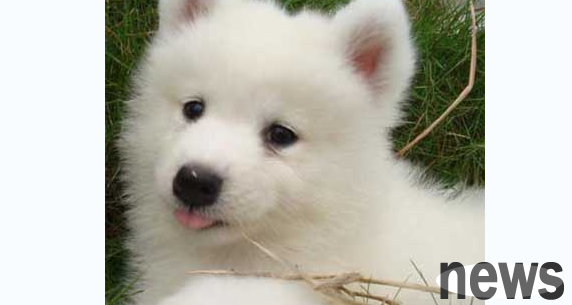Rhinitis in dogs can be divided into primary rhinitis and secondary rhinitis according to the cause. It is mainly caused by coldness (such as seasonal changes, sudden drop in temperature), chemistry (such as inhalation of harmful gases), and seconda...
Rhinitis in dogs can be divided into primary rhinitis and secondary rhinitis according to the cause. It is mainly caused by coldness (such as seasonal changes, sudden drop in temperature), chemistry (such as inhalation of harmful gases), and secondary diseases.

1. The causes of dog rhinitis:
1. The weather is cold and the dog's nasal mucosa is stimulated, causing congestion, seepage, and even bacteria remaining in the nasal cavity to develop and reproduce, causing mucosal inflammation. 2. Inhaling ammonia and chlorine, smoke, dust, pollen, insects, etc. directly stimulate the nasal mucosa, which will cause inflammation of the nasal mucosa.
3. Secondary to infectious diseases such as canine distemper, influenza, bronchitis, nasal mite disease, pharyngitis, parasinusitis, etc.
2. Key points for diagnosis of dog rhinitis:
1. Acute rhinitis: When the disease first occurs, the dog's nasal mucosa is flushed and swollen, and frequently sneezes. It often shakes its head or scratches its nose with its front paws. At the same time, the nose runs through one or both nostrils. It is transparent and serous at the beginning, and then becomes serous mucus or mucus purulent nasal. After drying, dry scabs form around the nostrils. When the condition worsens, the nasal mucosa swells very significantly, causing the nasal cavity to become very narrow, causing difficulty in breathing, and the sound of nasal congestion can be heard. When conjunctivitis occurs, tears will appear in the eyes. When there is pharyngitis, it has difficulty swallowing, often accompanied by coughing and swelling of the jaw lymph nodes.
2. Chronic rhinitis: The onset persists slowly, and sometimes runny nose is more common, and it is often mucus purulent. If inflammation is not treated in time, it may cause osteoneal necrosis and tissue disintegration, so blood may be mixed in the snot and smelly. The causes of asphyxiation or encephalopathy are mostly chronic rhinitis, which must be taken seriously.
According to the symptoms of the nasal cavity, if the nasal mucosa is flushed, swollen, runny nose, sneezing and scratching the nose, the diagnosis needs to be made immediately.

3. Prevention and treatment measures for dog rhinitis:
1. To treat dog rhinitis, you must first understand the cause, then put the dog in a warm place, and stop training and need to rest appropriately.
2. Acute rhinitis with mild symptoms can be cured without taking medicine. For severe rhinitis, choose the following medicines to rinse the nasal cavity for dogs: 1% saline, 2-3% boric acid solution, 1% sodium bicarbonate solution, and 0.1% potassium permanganate solution. Note: When rinsing the nasal cavity, you must lower the dog's head downwards. After rinsing, you can then drop anti-inflammatory agents into the nostrils.
3. In order to promote vasoconstriction and reduce sensitivity, 0.1% adrenaline or phenyl salicylate (Saro) paraffin oil (1:10) can be used to drip into the nostrils, and the nose drops can also be used.